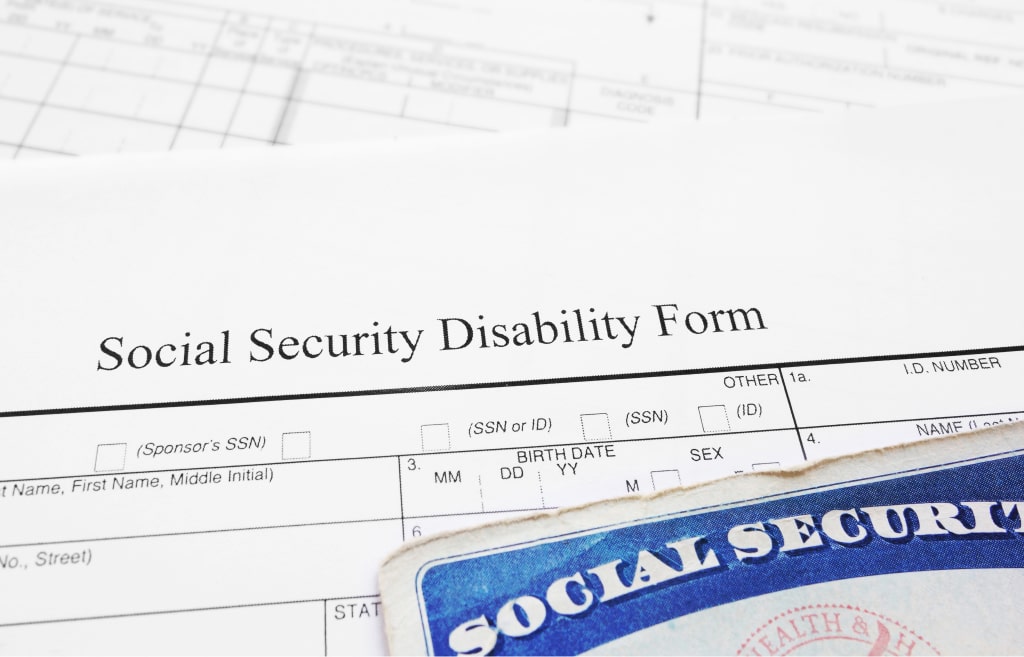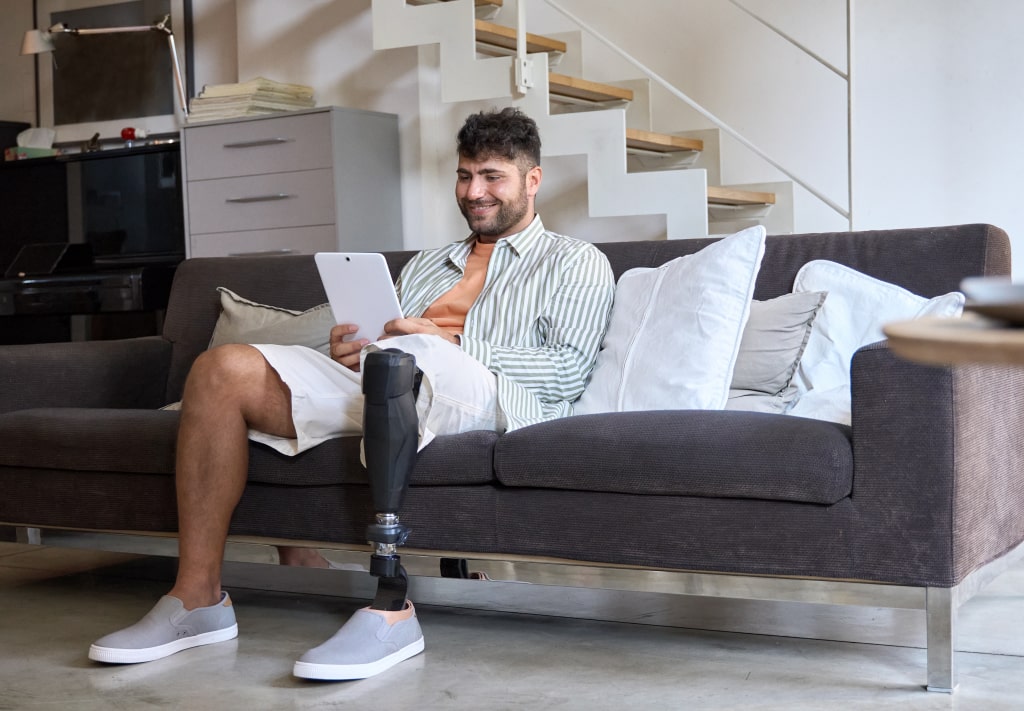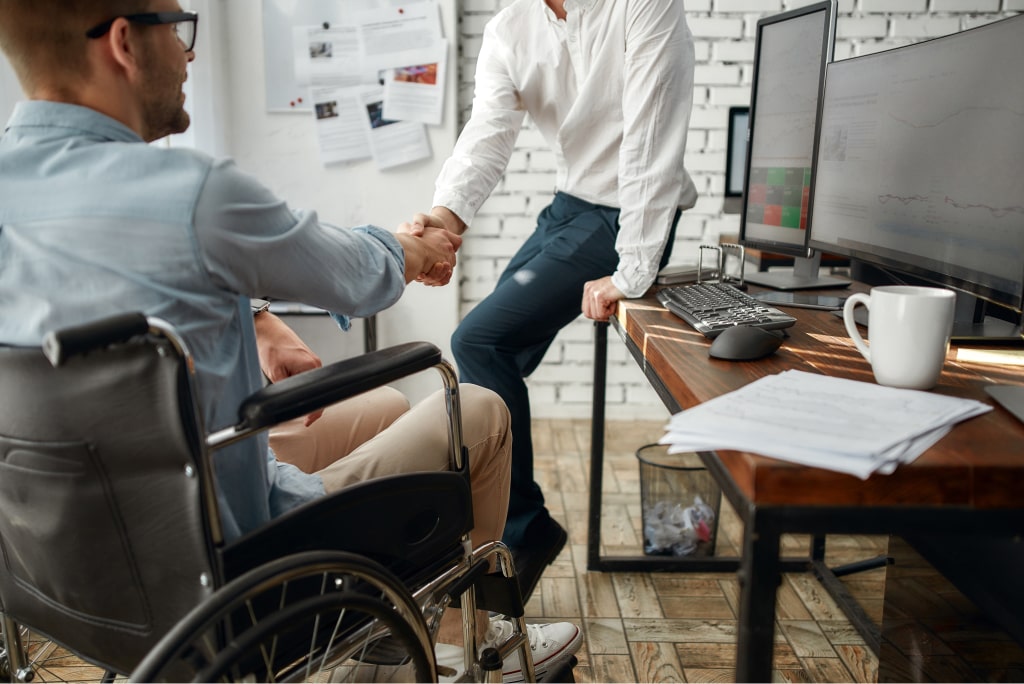Exploring Partial Disability: Understanding Social Security's Benefits & Qualification Process
By Kenton Koszdin on May 2, 2018 | In Social Security Disability
Disability benefits for a debilitating injury or illness can be complex to understand. The definition of disability can be inconsistent across different programs and agencies, such as workers’ compensation, Veterans’ Affairs, and the Social Security Administration (SSA).
Many people do not realize that the SSA, one of the primary agencies that administers benefits, only pays for total benefits. Social Security disability benefits are not available for short-term disability or partial disability. If the SSA determines you are no longer disabled, they will terminate your permanent disability benefits and you will no longer receive disability benefits.
If you are looking for assistance with social security partial disability in Los Angeles or the San Fernando Valley, call the Kenton Koszdin Law Office at 818.273.6857. Our consultation is free, with no obligation. Our social security disability attorney can help you navigate the application process for the best possible outcome for you and your family.
What Is Partial Disability?
Partial disability is a term used by some agencies and disability insurance companies to describe a diminished ability to work in certain capacities or in certain occupations. For example, Veterans’ Affairs (VA) benefits are offered on a scale of disability. It’s important to review the specific policy or program language to understand what possibility refers to. Social Security Administration disability benefits are not available for partial disability.
Typically, partial disability requirements involve being unable to perform some of the duties of an occupation due to an onset of the injury. In other words, when someone is injured, but is still able to do some work, in some capacity, and not totally disabled. For example, a neurosurgeon who injures her hand in a car accident may not be able to perform surgeries, but may still be able to consult on cases and work in the field.
Common Injuries That Cause Partial Social Security Disability
How do you get partial disability? Partial disability is different from social security disability benefits and must be available through an insurance company or other benefit program, like workers’ compensation. Many types of injuries can be the basis of a partial disability claim:
- Amputation of a body part
- Back injuries like herniated discs
- Carpal tunnel syndrome
- Hearing loss
- Knee injuries
- Nerve damage
- Post-traumatic stress disorder (PTSD)
- Vision loss/damage
- Wounds like lacerations and burns
For programs other than Social Security Disability, partial disability can result from an injury or illness. Medical conditions are often causes of partial disability, including cancer, diabetes, heart attacks, depression, fibromyalgia, gastrointestinal issues, and COVID-19.
Total Disability vs. Partial Disability
Some benefit programs, like the Veterans Administration (VA) and state workers’ compensation benefit programs, offer certain partial disability benefits. Social Security disability does not offer permanent partial disability benefits. Only total disability benefits are available.
For benefit programs that do offer partial disability, a partially disabled person may be someone with a lasting impairment but who is capable of returning to modified work.
However, as mentioned above, to qualify for SSDI benefits, the worker’s disability must be total. An individual who is able to work at a “substantial level” (generally defined as earnings of at least $1,180 per month or $1,970 for the blind) will not qualify for SSDI benefits.
Reach out to a local disability attorney, like Kenton Koszdin Law, to learn more.
Social Security Administration Test for Total Disability
Here are the steps that the Social Security Administration takes in order to determine if an individual is totally disabled:
- Are you working? If no, then:
- Is your medical condition “severe” as defined by the applicable state agency? Or, to put it another way, does it limit your basic work activities for at least one year? If yes, then:
- Are you able to perform your job: If no, then:
- Can you do other work for which your medical condition, work experience, skills, and education qualify you? If not, then you may be found eligible for SSDI benefits.
What Is Permanent Partial Disability?
You will see “permanent partial disability” mentioned in many state workers’ compensation programs. This benefit is available after someone is able to return to work, or when an injured worker has reached maximum medical improvement. Partial disability is different from total disability in that the individual is expected to be able to work in some capacity.
Social Security disability insurance does not apply to partial disabilities, but check your disability insurance benefits for your eligibility to receive disability benefits.
Can You Get Partial Disability and Still Work?
Social Security Disability is not available as a partial benefit. In other words, you cannot receive a monthly disability payment from the Social Security Administration if you are partially disabled. If you receive total disability and return to work, you will eventually no longer receive your Social Security disability benefit. A nine-month Trial Work Period is available to test your ability to work. If you receive Social Security Disability Insurance (SSDI) and Supplemental Security Income (SSI) benefits, you must report changes in work activity to your local Social Security office.
Partial Disability vs. Partial Benefit
As mentioned above, SSDI does not pay benefits to an individual who is partially disabled. Essentially, there are no true partial SSI benefits. However, in certain cases, a person with a disability may receive a “partial benefit.” A partial benefit does not refer to your degree of disability, but rather to the amount of payments you receive.
SSDI benefits can be reduced by:
- Workers’ Compensation payments
- Civil service disability benefits
- State temporary disability benefits
- State or local government benefits based on disability.
Disability payments from private sources such as insurance benefits or pensions will not affect your SSDI benefits. Also, any benefits from the Veterans Administration or Supplemental Security Income (SSI) will not affect any SSDI payments.
What Evidence Do I Need to Prove My Partial Disability?
You will need to provide evidence of your disability – when it occurred, how it affected you, and how it will impact your life going forward. Compelling evidence or documentation is necessary for all parts of your claim including:
Proving Your Disability Onset Date
Injured individuals must document when their disability started – whether they are looking to receive benefits for total disability or permanent disability. For state disability benefits, you must prove your onset date within a specific window of time (49 days in California). Your onset date may be established based on:
- Your own personal statement
- Your work history (work activity report)
- Medical treatment records (medical evidence).
It is important to get an accurate disability onset date, as it will impact your eligibility for back pay. Do not make the mistake of providing insufficient evidence for your onset date.
Proving the Last Day You Were Able to Work
The last day you were able to work is often the day you were injured (your onset date). However, some people will continue to work longer than they should. Your employer, coworkers, or other witnesses may be able to corroborate your claim.
Proving Your Specific Medical Conditions that Cause Your Disability
Your medical record will establish the link between your medical condition and your disability. Things like CT scans, MRIs, X-rays, blood work, and biopsies can prove your condition and its effects on your life. As with any other injury claim, do not skip your medical appointments, specialist visits, or follow-ups.
Proving Why You Cannot Perform Your Occupational Duties
Having a medical diagnosis from your healthcare provider may not be sufficient to prove that you are unable to work. Injured workers often need to consult with an occupational expert or vocational expert witness to prove they are unable to work.
How to Apply for Partial Disability in California?
A lawyer may be helpful in completing a partial disability application or appeal, and even determining which type of disability you may be entitled to, if you are not sure if your injury or occupational disease or illness was work-related. Regardless of which disability program you are applying to, your application must be complete and include all required evidence.
It is very common to be rejected for your first application for a disability claim. Having a legal professional in your corner, advocating for you, can be extremely beneficial, and give you a much better chance of a successful outcome.
Even if you have received a denial of a permanent partial disability claim – or any type of workers’ compensation or disability insurance benefit, you may appeal or file a request for reconsideration. If you were denied an SSD claim, you will need to request a disability benefits hearing before an administrative law judge (ALJ) within 60 days of your denial.
Do I Need a Lawyer for Partial Disability Claims?
Have questions about social security disability benefits, supplemental security income, or partial disability benefits? Have you been denied partial disability insurance benefits for a work-related injury? Help is available. Talk to a real Social Security disability lawyer about your legal rights for disability or workers compensation. The Kenton Koszdin Law Office is available to review your potential case and answer your questions. Our attorneys understand the claims process and are available to help you navigate your case and obtain the maximum benefit available.
Contact us for a free consultation, with no obligation. If we do not recover benefits for you, we do not charge a fee.





